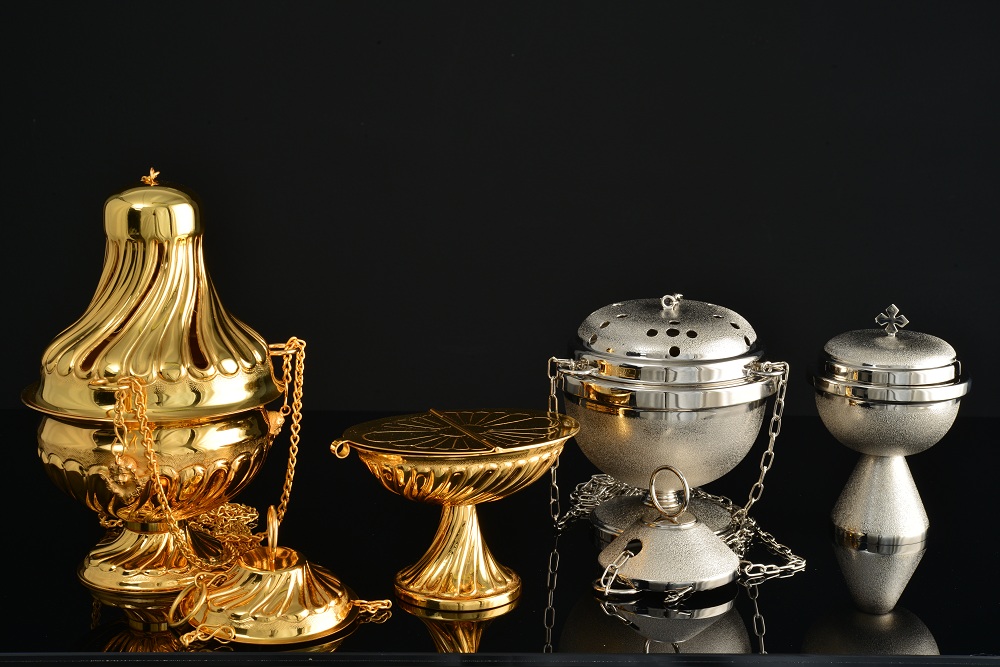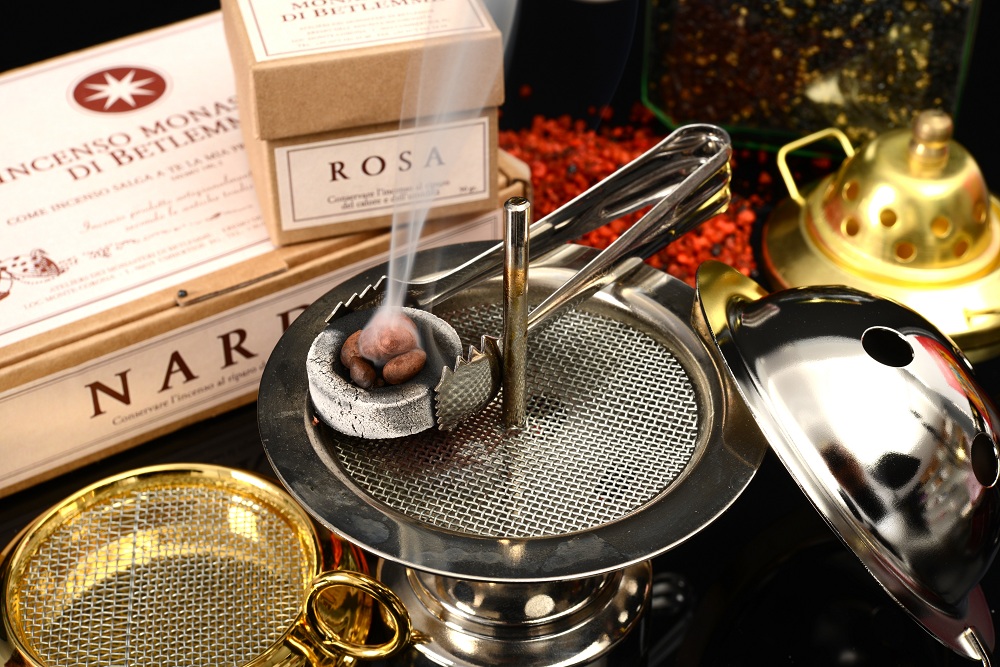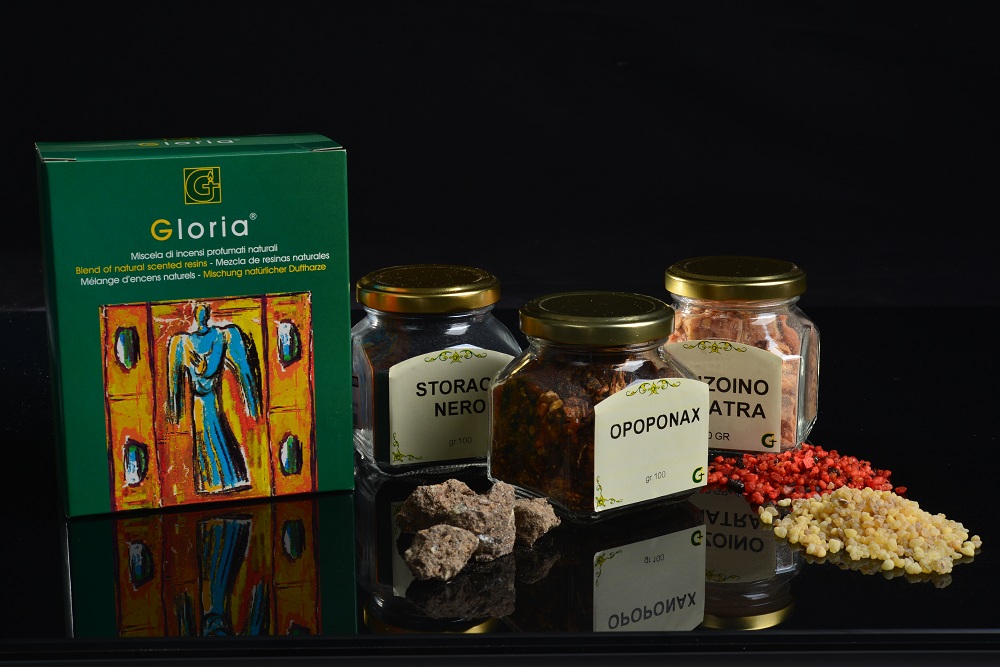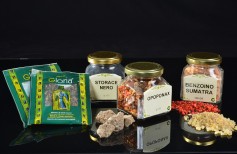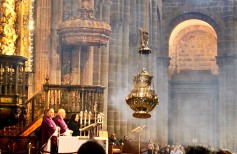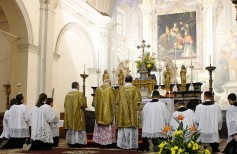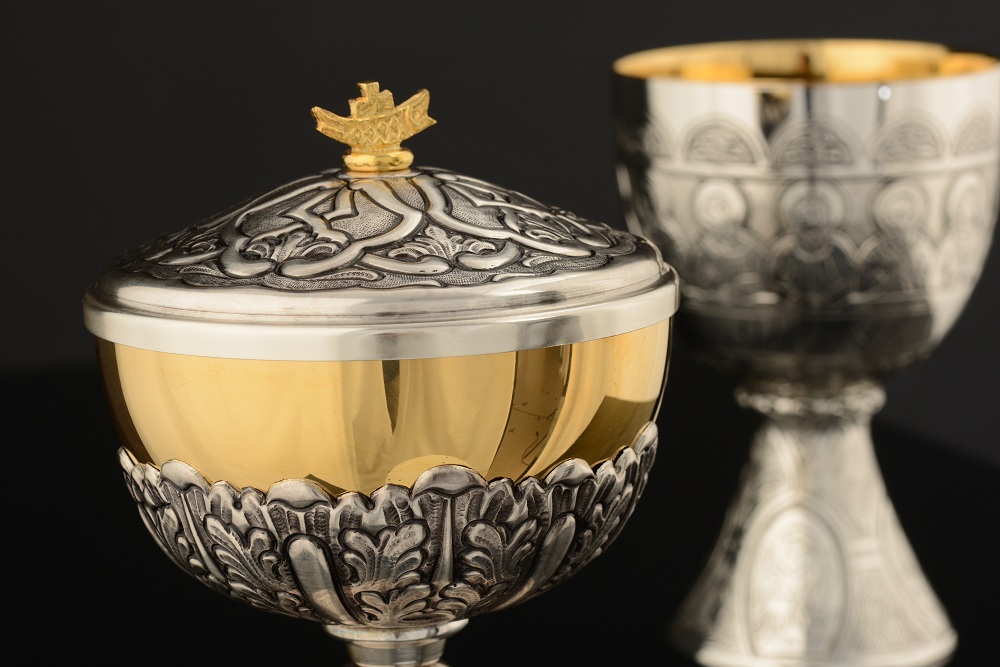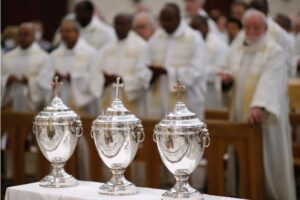The term ‘censer‘ comes from the Latin thus, Thuris “incense.” This is also the origin of censer’s synonym is derived: it is sometimes called ‘incense‘. In Latin, it was also referred to as thymiaterium, incensorium, and fumigatorium.
The thurible is a metal container, usually a vessel, equipped with a cover provided with openings. Inside the jar, on a thin layer of embers, is incense surrounded by grains. This causes the thurible to spill around a fragrant and aromatic smoke. This occurs during Catholic religious services, although the custom of burning incense or other fragrant essences always belonged to human religiosity, and similar objects to the thurible are present in many other cults and rituals.
Anciently thuribles were open, little more than boxes. They could be transported or hanged, but not shaken. Today there are fixed thuribles, also called incense burners: they are small open braziers or can be equipped with a perforated lid, but they can not be shaken. In the Ambrosian and the Eastern liturgy are still in use these thuribles.
The thuribles commonly used in Western religious services are equipped with four chains that make possible the suspension and ripple ritual with which they are shaken on the assembly of the faithful. Three of the chains are used to hold up the thurible, the fourth also serves to raise the lid and insert the incense.
The thurible is always accompanied by a further smaller vessel, the incense boat, which accommodates the incense stock. The altar boy clerk in charge of the thurible brings the latter in his right hand and the boat in his left hand, except he reverses his hands when presenting the two objects to the priest.
The thurible is used in some of the key moments of the Eucharistic celebration: the beginning, before the reading of the Gospel, during the Offertory, and at the moment of consecration.
During the funeral, the priest spreads the smoke of the thurible on the coffin containing the corpse to bless and purify it. Similarly, representations of the Virgin Mary and the saints are censered.
Censers and boats can be manufactured today with different materials, usually brass or bronze. They are often finely crafted, silver, gold, smooth, hammered, and decorated with high craftsmanship.

